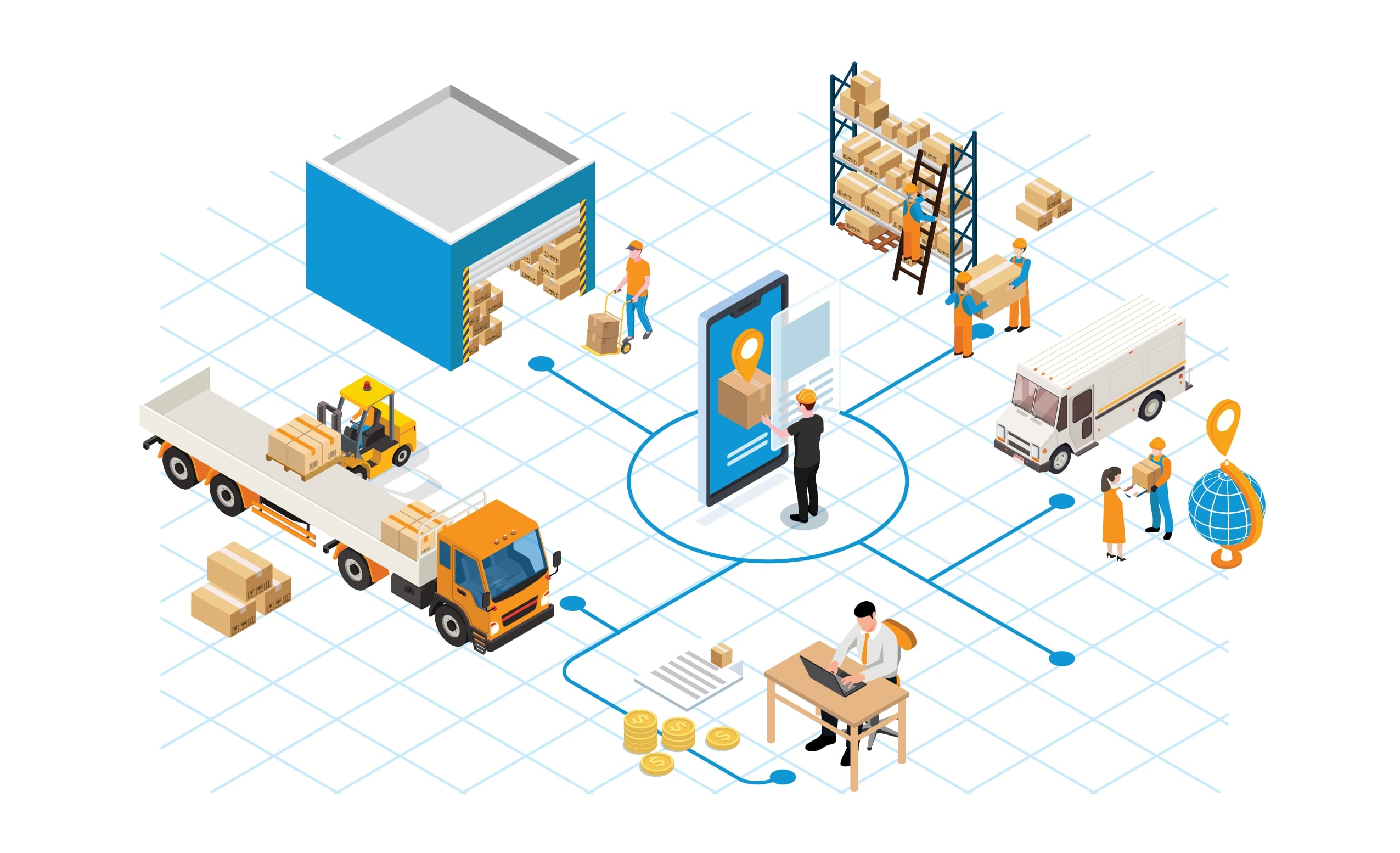Supply Realignment
Forecasts go wrong very often. On such occasions, it is common for warehouse managers to be staring at a pile of inventory and impending inwards that they can see will not sell.
The first reaction on such occasions is to plan for low price promotions (often below cost) and scrap. Though managers are aware of proactive interventions to reduce the inventory or control the inbound supply, they are unable to pursue it entirely because of the extensive data analysis required.
OpsVeda’s Purchase Realignment app analyzes the data to identify patterns and contractual obligations. It leverages these insights to prescribe interventions that can be taken to ease the excess inventory situation. As a result, inventory holding costs are reduced, margins are improved and scrap pages are controlled
Solution
The app compares forecasts and/or firm demand of all SKUs to inventory positions (inventory on-hand, planned production and/or purchases) for the configured time horizon. All SKUs that exceed a configured threshold on any of the days will be considered for one or more of the below interventions.
Cancel Purchases/Production
This intervention is applicable where the excess inventory levels remain elevated for an extended period. Any open purchase or production orders are candidates for cancellation. Parameters like the suppliers to whom such requests can be made to, and the notice period for such requests can be configured. The application tracks supplier response to such requests. AI/ML will be used to refine cancellation requests based on past supplier responses.
Push-out Purchases/Production
The application will prescribe this intervention if the inventory levels cross the upper threshold but is seen to be returning to normal levels later. The system will evaluate purchase/production orders to request suppliers for a later delivery. The configuration parameters are similar to those of cancellation. Here also AI/ML is leveraged to identify orders where the supplier is more likely to give a favorable response.
Switch to Less Expensive Transportation
This prescription is also applicable when inventory breeches the upper threshold but returns to normal levels later. The system will check for purchases that are using expensive expedited transportation. For those, depending on the configuration it will suggest switching to a slower mode. For example, it may suggest using sea or land transportation in place of air.
Return Recent Purchases
If stock has been recently received from suppliers and it is still within the return window, the system will suggest returns to alleviate the excess inventory situation.
Deliver to an Alternate Location
When the excess inventory situation is location specific, the algorithm will check if there are alternate locations where the purchase will be better aligned to demand. Conditions that affect this decision like purchase order statuses and days to ex-factory date can be configured. Like other interventions, here to the outcome of the recommendation is tracked to provide training data for AI/ML algorithms. This improves the quality of future prescriptions.
Bringing them Together
The list of applicable interventions as well as the sequence and criteria for applying them can vary significantly between organizations. The Purchase Realignment app is highly configurable so that it mirrors the practices at your organization.

Benefits
The OpsVeda Purchase Realignment appl is powered by the OpsVeda platform. So, it brings together specialized algorithms to fix Underselling Inventory situations and productivity features that enable your team to make best use of their time. Benefits from the app include:
Lower Inventory Holding Costs
By reducing excess inventory situations, the app lowers your overall inventory levels and hence inventory holding costs.
Fewer Promotions
Excess inventory situations often force organizations to clear inventory by selling them below cost. By identifying such situations early, and prescribing corrective action, the app enables teams to avoid such promotions that eat into the bottom-line.
Fewer Scrap
Sometimes even promotions are ineffective, and scrapping becomes the only option. The app reduces the instances of this expensive intervention.